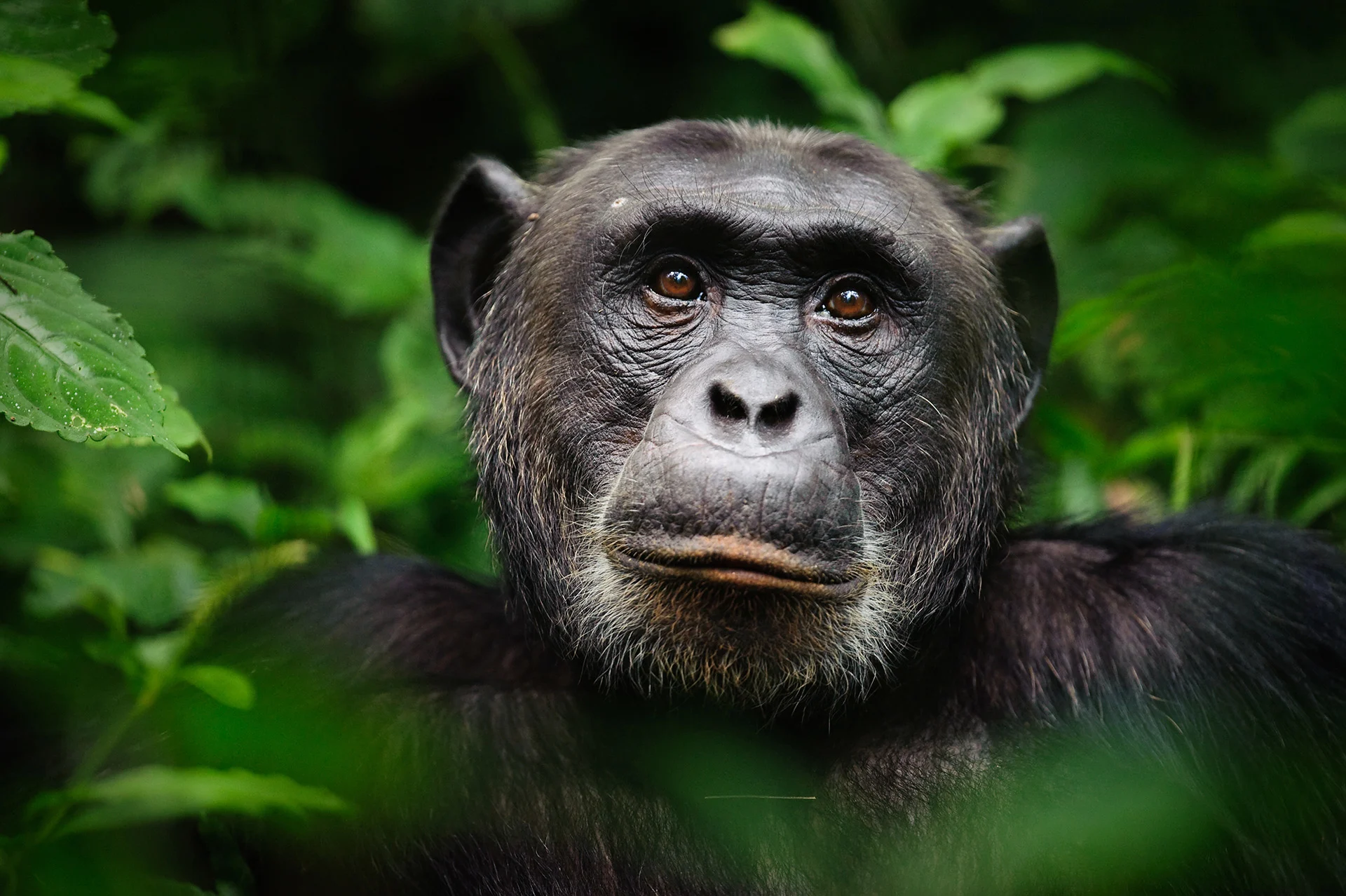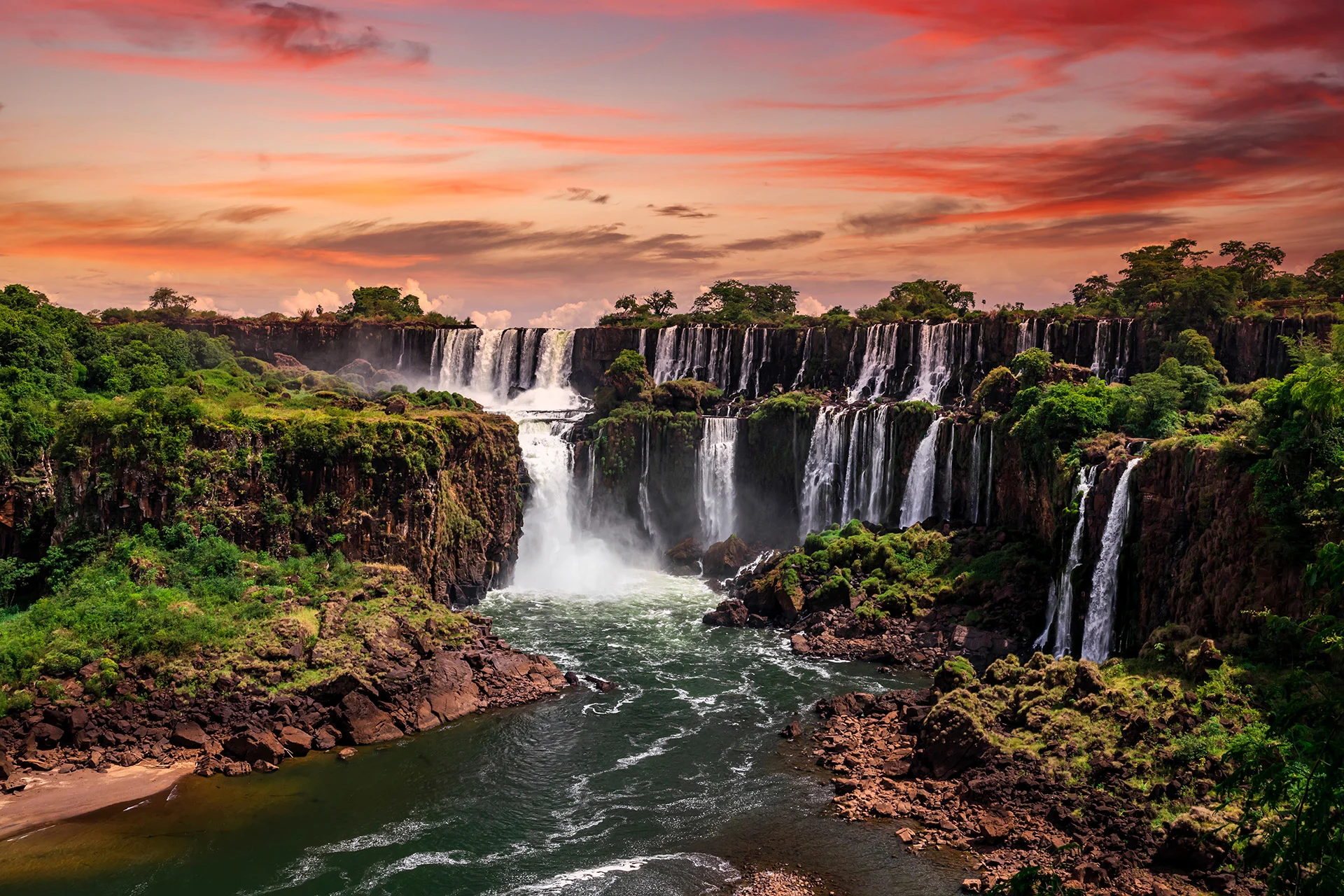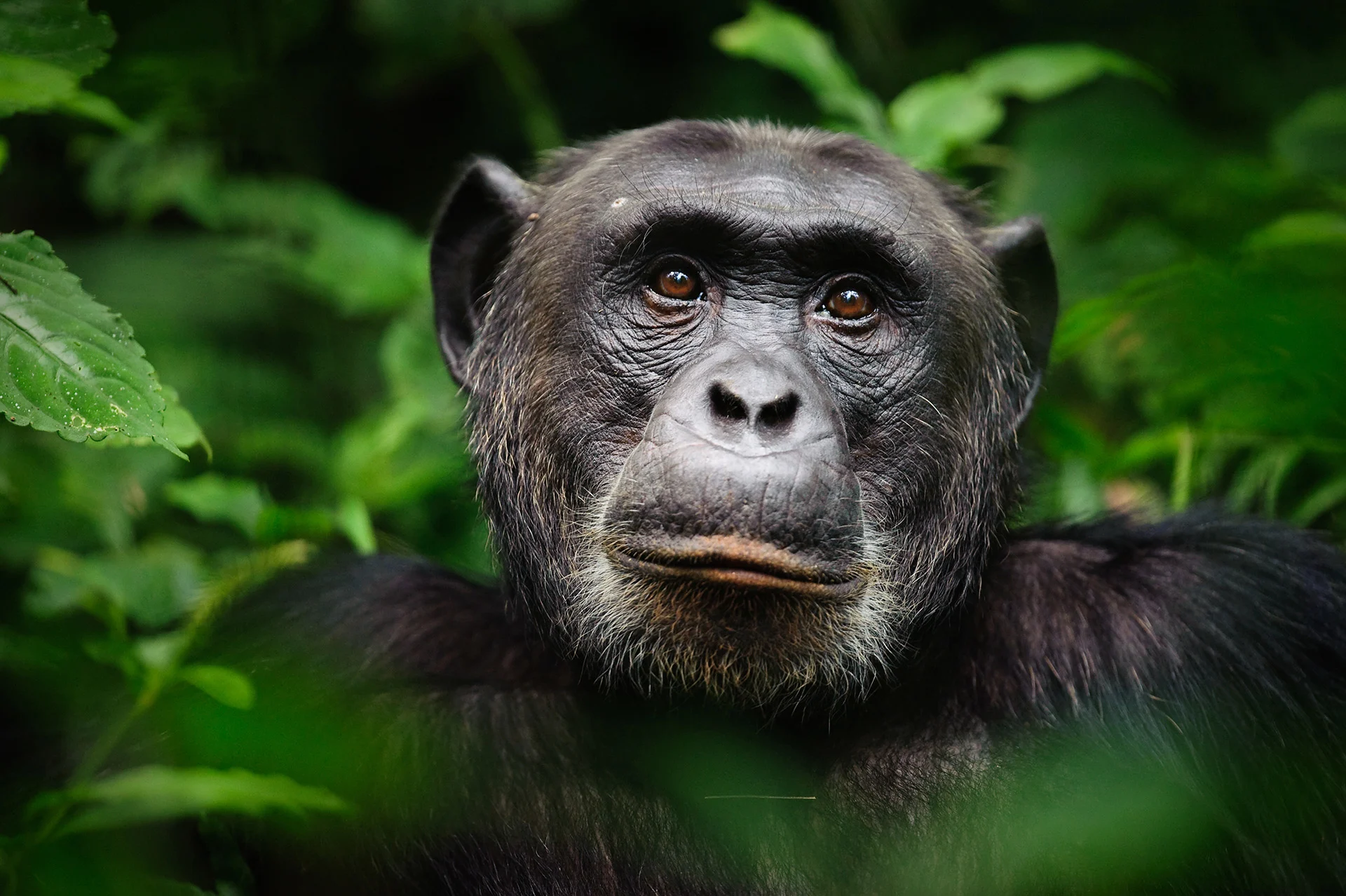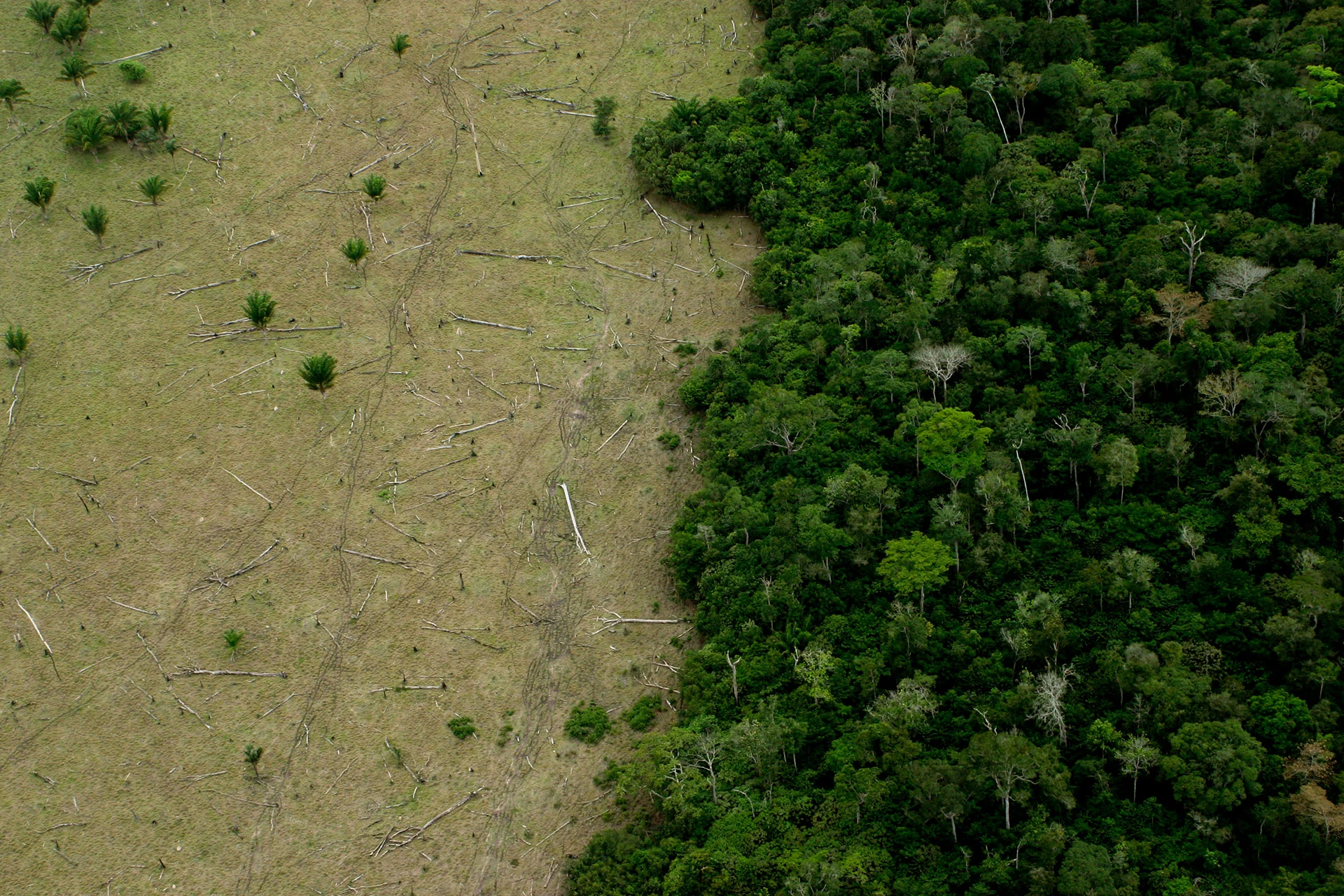
Protected land and ocean jumped 42% in the last decade
Roughly 21 million square kilometres on Earth have been protected or conserved since 2010, but scientists say that's not enough to curb loss of biodiversity.
Land and ocean under protection or conservation increased 42 per cent in the past decade according to a new report. In total, some 21 million square kilometres of protected and conserved areas might seem like a lot, but that has not curbed the continuing loss of biodiversity.
The 2019 Global Assessment Report on Biodiversity found that more than one million of the estimated 8.7 million species on the planet were at risk of extinction due to human activities. The main drivers of species loss include land conversion, deforestation, overfishing, bushmeat hunting and poaching, pollution, invasive alien species, and climate change.
The new Protected Planet Report 2020 acknowledges those drivers of biodiversity loss remain a major hurdle to the ultimate goal of living in harmony with nature. However, the big increase in protected areas in many countries is cause for celebration, says report author Neville Ash, Director of the UN Environment Programme’s World Conservation Monitoring Centre.
Today, nearly 17 per cent of land and inland water ecosystems and close to 8 per cent of coastal waters and the ocean are within documented protected and conserved areas.
“The increase in coverage has been impressive, however the quality needs improvement,” Ash said in an interview.

The sun sets over South America's Iguazu Falls. Today, almost 17 per cent of land and inland water ecosystems are within documented protected areas. (Anton Petrus/Moment/Getty Images)
One-third of the world’s key biodiversity areas have no protection at all while another third are poorly protected, he said.
When it comes to quality in biodiversity it is all about location and function. A single hectare of Amazon rainforest contains more than 750 types of trees and 1,500 other plants. A single pond in Brazil can sustain a greater variety of fish than is found in all of Europe’s rivers.
While a hectare of tundra in northern Canada might have half a dozen plants and no trees, the same area can have an important function such as sequestering enormous amounts of carbon in its soils.
And even when areas are protected, less than 8 per cent are connected to other protected areas, creating isolated islands of biodiversity that are vulnerable to decline.
For example, the province of Quebec plans to protect a large part of its remote north with little biodiversity or threat of development while announcing it will double logging in its remaining old-growth southern forests. Scientists call this a “gross ecological error” that will further fragment those forests and goes against the very principles of conservation.
WHY DOES BIODIVERSITY MATTER?
Biodiversity is the term for the tremendous variety of living species that make up our “life-supporting safety net.” They provide our food, clean water, air, energy, and much more. Our safety net is shrinking, becoming threadbare and holes are appearing.

An extreme closeup portrait of the alpha male chimpanzee (Pan troglodytes), Kibale Forest National Park, Uganda. A 2019 report found that more than one million of the estimated 8.7 million species on Earth were at risk of extinction due to human activities (Marc Guitard/Moment/Getty Images).
“The evidence is crystal clear: Nature is in trouble. Therefore we are in trouble,” Sandra Díaz, co-author of the Global Assessment Report and ecologist at the National University of Cordoba in Argentina told National Geographic in 2019.
In 2010, the world’s countries set 20 targets to be achieved by 2020 to slow the breakdown of our life-supporting safety net. None of the global targets were met. Although many countries, like Canada, did meet some of their individual targets.
The big global target that was missed was to protect at least 17 per cent of land and inland waters and 10 per cent of the marine environment. That target will be likely reached this year as countries meet this fall to set new targets for 2030, says Ash.
Still, the ambitious target for 2030 to be discussed when countries meet at the biannual UN Convention on Biodiversity conference in Kunming, China in October, will be to protect 30 per cent of land, freshwater, and ocean.
“These areas must be placed optimally to protect the diversity of life on Earth and be effectively managed and equitably governed," says Bruno Oberle, Director General of the International Union for Conservation of Nature (IUCN).
The IUCN has developed a Green List Standard to assess the quality of protected areas and how well and fairly they are managed. “Many protected areas are underfunded nor are they well managed,” Oberle said in a press conference.

A partially deforested area of rainforest in the Amazon, viewed from above. Human activity has played a significant role in biodiversity loss over the past decades (LeoFFreites/Moment/Getty Images)
The Green List focuses on protecting the right places using a bottom-up approach to ensure local people are involved in how an area is managed, he said. And to make the list these areas need to be managed in a way that benefits nature and local communities. Only about 60 sites around the world have made the list since its launch in 2014.
Protecting intact areas and restoring millions of hectares of degraded ecosystems brings multiple benefits, the Protected Planet report concludes. These include halting and reversing biodiversity loss to maintain essential ecosystem services but also play a major role in tackling climate change. Protecting and repairing our life-supporting safety net will also reduce the risk of future pandemics.






